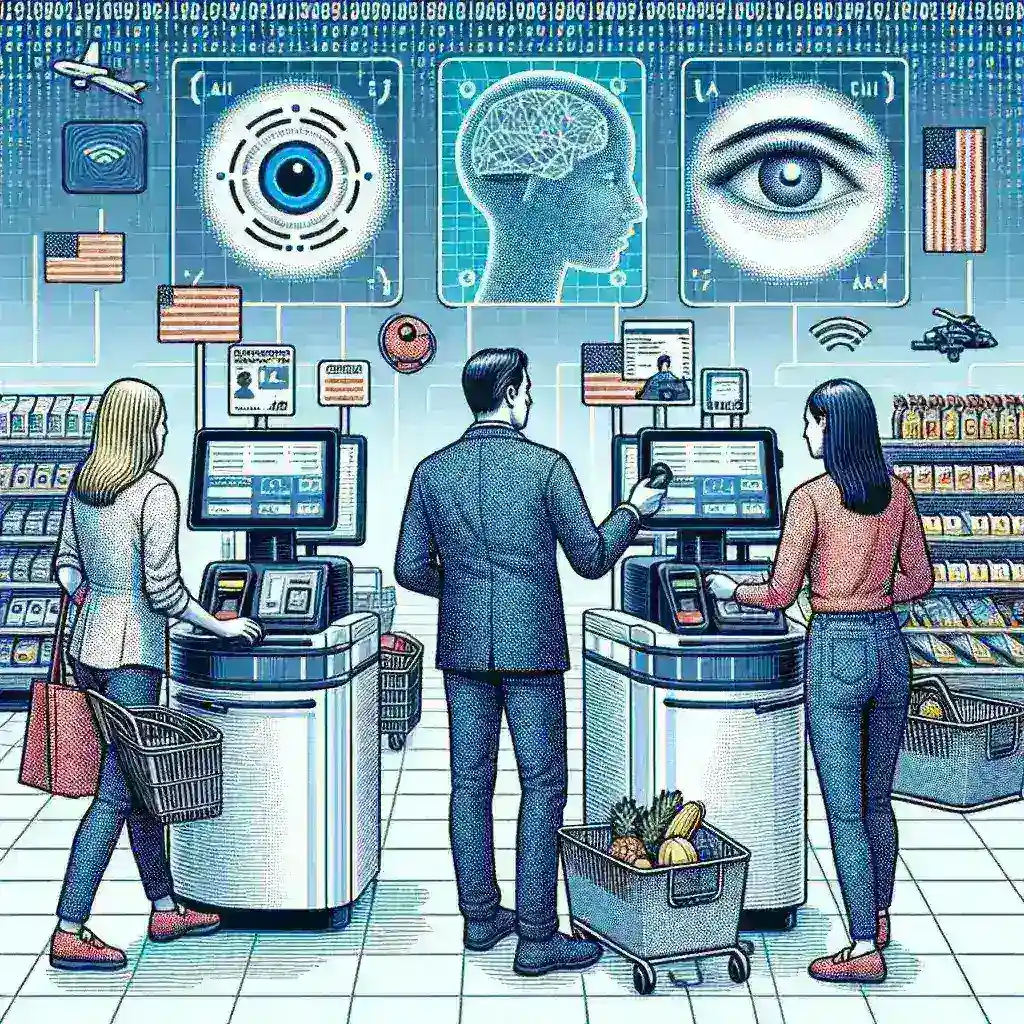Introduction
In recent years, self-checkout kiosks have revolutionized the retail landscape, offering customers a quicker and more convenient shopping experience. However, with the rise of self-service technology, retailers also face new challenges, particularly in terms of security and fraud prevention. To address these concerns, Target has announced the integration of AI-powered fraud detection systems at its self-checkout kiosks across U.S. stores. This article delves into the implications of this technology, its operational benefits, and what it means for the future of retail.
The Rise of Self-Checkout Kiosks
Self-checkout kiosks have become a staple in many retail environments. They empower customers by allowing them to scan and pay for items independently, reducing wait times and enhancing the overall shopping experience. According to recent studies, self-checkout options can increase transaction speed by up to 40%, making them an attractive feature for both consumers and retailers. However, with convenience comes the risk of fraudulent activities, prompting the need for innovative solutions.
Understanding AI-Powered Fraud Detection
Artificial Intelligence (AI) has transformed various industries, and retail is no exception. AI-powered fraud detection systems utilize machine learning algorithms to analyze transaction patterns, flagging unusual behavior that may indicate theft or other fraudulent activities. These systems can learn over time, improving their accuracy and effectiveness as they process more data.
How AI Detects Fraud
- Behavioral Analysis: AI systems assess customer behavior at self-checkout kiosks, identifying patterns that deviate from the norm.
- Anomaly Detection: Advanced algorithms can spot discrepancies between scanned items and total purchase amounts, triggering alerts for cashier intervention.
- Real-Time Monitoring: AI systems operate continuously, analyzing transactions in real-time to ensure immediate responses to potential fraud.
The Benefits of Implementing AI Fraud Detection
Target’s decision to implement AI-powered fraud detection comes with a myriad of benefits:
1. Enhanced Security
By detecting fraudulent transactions quickly, AI systems can significantly reduce losses due to theft. This technology also serves as a deterrent, making potential shoplifters think twice before attempting to exploit self-checkout systems.
2. Improved Customer Experience
With AI in place, customers can expect a smoother and more secure checkout process. Fraud alerts can be handled discreetly, minimizing disruptions and maintaining a positive shopping environment.
3. Cost Efficiency
While implementing AI technology may require an upfront investment, the long-term savings from reduced theft and improved operational efficiency can outweigh these costs. Retailers can allocate resources more effectively, focusing on enhancing customer service rather than policing self-checkout areas.
Challenges and Considerations
Despite the advantages, the integration of AI fraud detection is not without its challenges:
1. Initial Investment
Deploying sophisticated AI systems entails significant financial commitment. Retailers must weigh the costs against the potential benefits.
2. Data Privacy Concerns
As AI systems gather and analyze customer data, concerns regarding privacy and data security arise. Retailers must ensure compliance with regulations while maintaining customer trust.
3. Technology Adoption
Not all employees may be familiar with AI technologies. Comprehensive training programs are necessary to ensure staff can effectively utilize these systems.
The Future of AI in Retail
Looking ahead, the integration of AI in fraud detection is just the beginning. Retailers like Target are likely to explore additional applications of AI technology, including personalized marketing, inventory management, and customer engagement strategies.
Predictions for Retail Technology
- Increased Use of Robotics: As AI continues to evolve, robotics may play a significant role in assisting staff and enhancing customer experiences.
- Personalization: AI can help retailers tailor shopping experiences to individual preferences, leading to increased customer loyalty.
- Omnichannel Strategies: Consumers expect seamless experiences across online and physical stores, prompting retailers to adopt more integrated approaches.
Real-World Examples of AI in Action
Several retailers have already seen the benefits of AI technology, paving the way for broader adoption:
1. Walmart
Walmart has implemented AI systems for inventory management, allowing for real-time tracking of stock levels and reducing out-of-stock situations.
2. Amazon
Amazon Go stores utilize AI and computer vision to track purchases, allowing customers to shop without traditional checkout processes.
Conclusion
Target’s initiative to incorporate AI-powered fraud detection at self-checkout kiosks represents a significant step forward in retail security. By leveraging advanced technology, retailers can enhance security, improve customer experiences, and reduce losses due to theft. As self-service technology continues to grow, the retail industry must adapt to the challenges and opportunities that arise. The future of retail looks promising, driven by innovation and a commitment to creating safer shopping environments.

